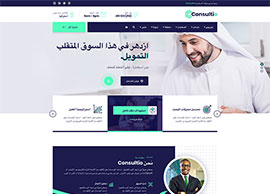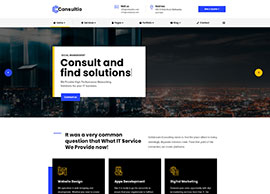Introduction
Autism, or Autism Spectrum Disorders (ASD) as they are now classified, is a neurodevelopmental disorder characterised by impaired social interaction, verbal and non-verbal communication, and restricted and repetitive behaviour. It occurs in early childhood and the signs of autism usually can be observed around the age of 2 years. Autism follows a relatively static course but with behavioural training the child’s functioning improves in certain areas.

Prevalence
A recent study states the global prevalence of autism to be 21.7 million people as of 2013(Global Burden of Disease Study, 2013). It occurs 4-5 times more often in boys than girls. Among identical twins, if one has ASD the other also has ASD in 9 out of 10 cases. If one sibling has ASD, the other siblings have 35 times the normal risk of also developing the disorder.
Causes
Recent studies claim to have found certain genes that could be responsible for causing ASD. However, it is an accepted fact that a combination of genetic, neurophysiological (brain development) and environmental factors (harmful agents from the environment, infection or any illness to mother during pregnancy) are responsible for this neurodevelopmental disorder. Some people believe that inappropriate parental upbringing is responsible for autism in children which is not the case.
Signs & Symptoms
In some cases, the child might develop normally till about the age of 2-3 years and then there is a gradual decline in the overall functioning of the child, especially language development. It is mainly a disorder characterised by poor quality of social communication, both verbal and non-verbal. The child might engage in certain odd and repetitive behaviours which are observed by the parents and they can make out that something is not right about their child’s behaviour. If you observe most of the following features in your own or any other known child, then it is advised that you consult either a pediatrician or a clinical/child psychologist:-
- Does not respond by looking towards you when his/her name is called; does not smile back at you.
- Does not maintain eye contact; prefers to remain alone and appears aloof.
- Has become silent, withdrawn or indifferent to social signals; does not understand danger.
- Engages in odd and repetitive behaviours like staring at rotating wheels, moving about in circles, hand-flapping; has a tendency to taste, smell or touch repeatedly whatever he/she holds.
- Aligns toys or object in a straight line and gets irritated if that order is disturbed; is very particular about his/her toys, clothes and is not comfortable with change in routine.
- Does not point at people or objects with his/her index finger; does not indicate what he/she wants, instead grabs your hand and takes you to that place or object.
- Appears either very sensitive or not at all responsive to loud noise, bright light or even pain.
- Some children with autism seem to possess exceptional ability/interest in numbers, music, symbols, memory, etc.
Treatment
- Behaviour modification: It is a technique aimed at reducing the occurrence of problematic behaviour and increasing the desired or wanted behaviour of the child. It can be used to deal with aggressive behaviour, improve the child’s eye contact and response to name call, and encourage social interaction among other objectives. The therapist prepares a very structured and comprehensive program which is to be followed consistently and regularly both in therapy and at home by the parents.
- Applied Behaviour Analysis (ABA): It is the most effective and well researched therapy for children with autism. It is aimed at teaching communication, play, social academic, self-care, work and community living skills, and to reduce problem behaviours in learners with autism. An ABA program is tailor-made for each child after considering his/her strengths, limitations, problem areas and family situation.
- Sensory Integration Therapy (SIT): Autism can lead a child’s sensory integration system to over react or under react to environmental stimuli. Standard therapy usually focuses on the following areas: (i) tactile (sense of touch), (ii) vestibular (sense of movement), and (iii) proprioceptive (sense of body position). The typical goal of SIT is to help the child re-organize or re-process sensory information in order to have a more accurate response to external stimuli.
- As autism influences several aspects of a child’s functioning, a speech therapist, occupational therapist, paediatrician and a clinical psychologist usually form the treating team. The treatment requires collaborative working of all these professionals with complementary objectives.
- Recent studies also talk of Animal Assisted Therapy, Music Therapy and Art Therapy as adjunct to other therapies for promising results in children with autism. However, these studies are not conclusive yet and require more research.
- Even Homoeopathic Medicines have shown wonderful results in treating symptoms of Autism. At AKGsOVIHAMS, we have been able to provide good results in few cases of autism through an integrated approach of Homoeopathy and Psychological intervention.





































